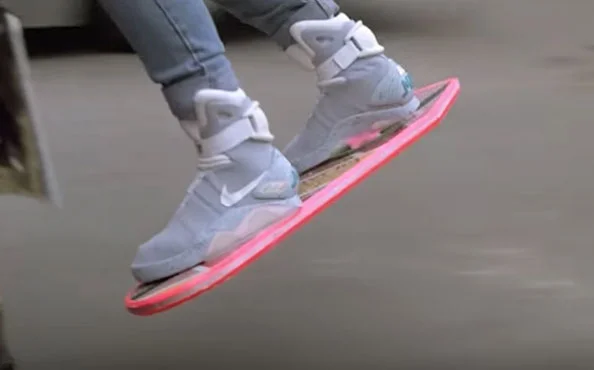An Exciting Energy-Efficient Future is almost with Us
Visions of the future are often filled with optimistic predictions of unlimited space travel, hover boards, and more spare time. However, in terms of energy, an exciting future could almost be with us. And it will happen because it is driven by necessity not wishful thinking. The need to lower carbon emissions is changing the way we use energy. We are taking more control over how we use electricity, which is helping lower emissions. And it may even save us money. Renewable energy, like wind and solar PV, and electricity storage, is at the heart of it.
Smart Cities
Pieces of Coal
But the push to lower carbon emissions also coincides with the increasing trend towards urbanization. According to the United Nations (UN), 54% of the world's population currently lives in a city. This is set to rise to 66% by 2050. This and the move towards low carbon energy sources mean cities of the future will need to be powered in a very different way.Instead of running transport and heating networks on thermal energies, like coal, oil and gas, many, including the UN, see ‘electrification’ as the most viable solution. Electrification means a shift away from fossil fuels like gas, coal and oil. It will be replaced by electricity produced by clean sources. For example, petrol cars and boilers will be replaced by electric vehicles and ground-based heating systems.But there is a lot work to be done before this can be achieved. Right now, it is estimated 20% of the world's energy usage comes from electricity. Many scientists believe it will need to go as high as 50%.
Smart Meters
The biggest change is likely to come with the introduction of smart meters. According to the US Energy Information Administration, a total of 70.8 million smart meters had been installed across the country. 88% of these were with residential customers.It is planned this number will rise to 90 million by 2020. The benefit of smart meters allow both the utility and the customer to monitor how much electricity they are using. This leads to some interesting possibilities. Imagine if your utility gave you a flexible plan that mirrored ongoing electricity costs on the grid. Your smart meter would allow you to switch to battery storage (charged by solar or wind) at times of high electricity demand when costs were high. Other smart applications could include domestic products like fridges. These could be set to switch off or run at a reduced level when electricity becomes more expensive.
Community Energy Systems
Possibly a bit further into the future is off-grid community systems. This involves the concept of 'energy islands' energy supply to a community through renewable energy and interlinked through an autonomous localized grid. Although this may be some way off some applications of this are with us now. Thanks to blockchain technology, it is possible for a business with a solar panel to sell excess electricity directly to another business next door without going through the grid. This is already happening in the UK, with utilities acting as facilitators and allowing businesses to sell energy as well as use it.
Challenges - Heating our Homes
One of the biggest challenges confronting electrification in first world countries is changing the infrastructure already in place. Replacing gas heating with electrically-powered systems like Combined Heat and Power (CHP) is a typical roadblock. CHP systems recycle heat held in the ground. It is a proven concept. But there are questions about how this will work in cities where most people live in apartments and there is limited space available to absorb the sun’s heat.
An exciting energy future
There are many most examples of this and how we can use energy more effectively. Behind the proliferation of renewable energies like solar and wind, the grid is being improved to deal with them. The current US grid was designed around 100 years ago, like many others around the world, for thermal power stations. As part of this, in 2009 the US government undertook the American Recovery and Reinvestment Act of 2009 (Recovery Act) provided DOE with $4.5 billion to modernize the electric power grid. A smart grid allows it to respond quickly to demand rather than running in a state of overcapacity. All of this might not add up to Marty McFly's hover board. But it will change the way we use live, allowing us to use energy efficiently while making best use of the Earth's natural and renewable resources.
And it may help us save money too.
Author:
Journalist + Writer




